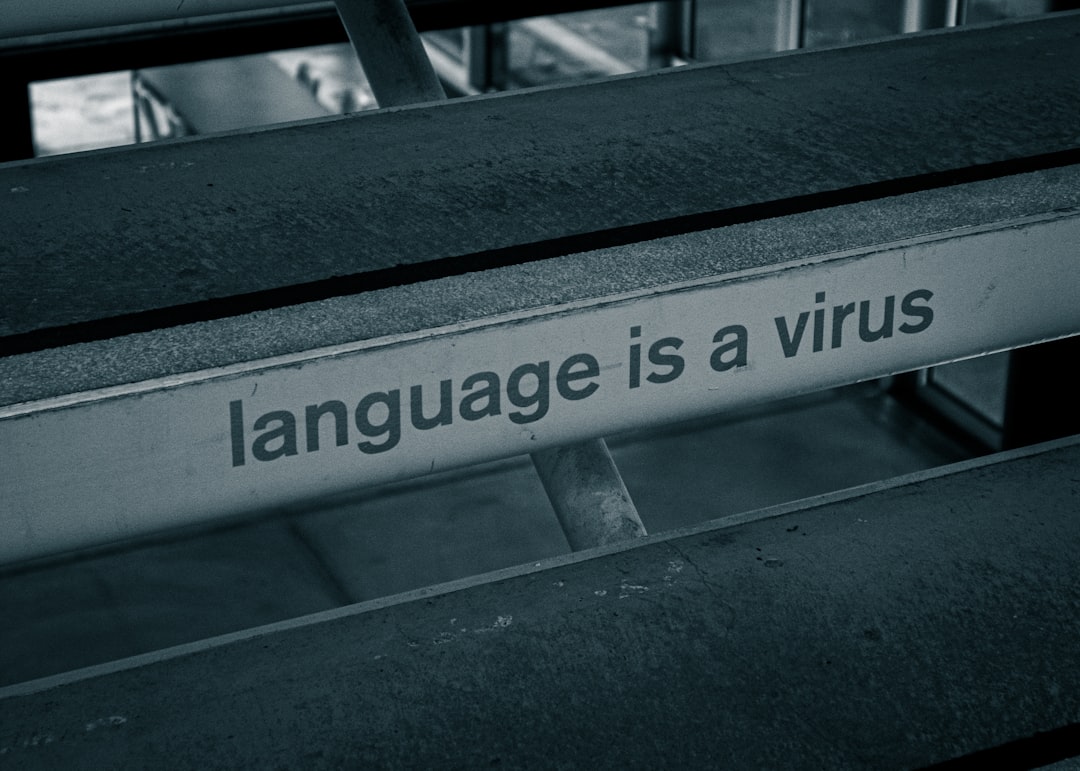Localization is a crucial aspect of global application and website development. Choosing the right localization platform can greatly impact the workflow, collaboration, and eventual success of any international project. Transifex, a widely recognized localization management system, has established itself as a preferred choice for many organizations across different sectors. However, it’s essential to assess whether Transifex is the best fit for your specific needs, and to explore valid alternatives that might provide better value or functionality depending on your situation.
Why Transifex is a Popular Choice
Transifex is a cloud-based platform designed to help businesses manage multilingual content. It’s highly favored for its intuitive interface, integration capabilities, and flexibility in handling various file formats. Some standout features of Transifex include:
- Automated translation management through integrations and APIs
- Support for a wide range of localization file formats, like JSON, XML, PO, and more
- Collaboration tools that allow developers, translators, and project managers to work together seamlessly
- Real-time translation updates and quick deployment tools

For teams managing large-scale localization projects or SaaS platforms in multiple languages, Transifex can simplify the process significantly. Its version control and integration with popular development platforms like GitHub enhance consistency across development cycles.
Limitations of Transifex
Despite its usefulness, Transifex may not be the ideal solution for every organization. Some concerns commonly cited by users include:
- Pricing: Transifex can be relatively expensive, especially for small businesses or startups with tight budgets.
- Steep learning curve: While powerful, some users report that setting up and navigating the platform may require considerable time and training.
- Automation preference: Projects requiring a more hands-off approach or integration with certain CI/CD pipelines may find some limitations.
Therefore, it’s wise to evaluate other options based on feature relevance, team size, integration requirements, and pricing flexibility.
Top Alternatives to Consider
If you’re looking for alternatives to Transifex, several platforms offer competitive features tailored to different project needs and organizational types. Here’s a look at some of the most credible options:
1. Crowdin
Crowdin is a strong competitor with similar features to Transifex but offers a more user-friendly UI and potentially better automation tools. It’s widely appreciated for:
- CI/CD and Git integration
- Highly customizable workflows
- Collaborative translation experience

2. Phrase (formerly PhraseApp)
Phrase provides in-depth API support and developer-friendly solutions, making it especially appealing for agile teams. Notable for:
- Automated translation pipeline
- Dynamic content updates
- Analytics and quality control features
3. Lokalise
A popular pick for mobile and web developers, Lokalise focuses on agile localization and rapid iteration. Key features include:
- Over-the-air translation updates
- Slack, Git, and Jira integrations
- User role control and permission management
4. POEditor
POEditor is a simpler and more affordable option that offers essential translation management tools for teams with limited budgets. It supports teamwork, translation memory, and export flexibility without overwhelming features.
Making the Right Choice
When deciding whether Transifex is the right platform for your localization efforts, consider the following:
- Project scale: Larger projects might benefit from Transifex’s robust features, while smaller efforts may find better value in POEditor or Crowdin.
- Budget constraints: Consider alternatives that provide essential features without the enterprise-level pricing.
- Team workflow: Evaluate integration capabilities and UI experience for your particular development and translation tools.
Every organization has unique needs. The “best” localization tool is the one that aligns functionally and financially with your business goals. While Transifex certainly leads the pack in many respects, exploring alternatives like Crowdin, Phrase, Lokalise, and POEditor may uncover a solution that better suits your specific ecosystem.

Conclusion
In a globally connected digital environment, effective localization is more than just translating words — it’s about maintaining context, user experience, and brand voice across markets. Platforms like Transifex and its alternatives are at the heart of this process. Taking the time to evaluate their strengths and limitations could reveal valuable efficiencies and improvements in your international strategy. Whether you stick with a veteran like Transifex or venture into newer territory, making an informed decision ensures your teams and products speak fluently to the world.



